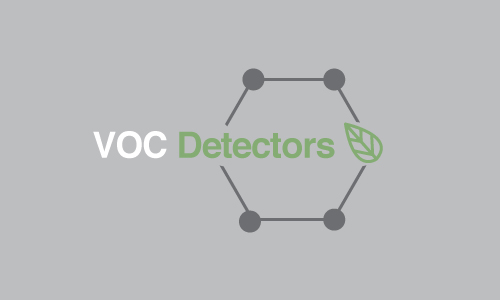Volatile Organic Compounds (VOCs) are created when harmful chemicals vaporize at room temperature. Large manufacturing plants using solvents or toxic chemicals during production can release dangerous levels of VOCs into the air. These gases create photochemical smog, which can cause severe health issues in humans and damage the environment.
As per strict EPA guidelines, manufacturers must monitor and control the amount of VOCs they release into the atmosphere. Plant personnel must also monitor the amount of VOCs present inside or around the facility itself. Sensors are used to detect VOC levels and keep workers aware of any changes in the air quality throughout the plant.
What Are VOC Sensors?
VOC sensors are programmed to detect subtle changes in specific gases and send the data to a central monitoring system. Plant personnel uses these detectors to record and prevent any unexpected spikes in emissions. Depending on the type of sensor used, technicians can calibrate each device to detect a particular VOC or group of compounds.
Due to the various layouts of different manufacturing plants and the specific VOCs emitted by each industry, customized installation programs are often developed for each facility. Professional technicians typically place sensors in various locations throughout the plant and connect them via fiber lines or wireless networks. To optimize results, detectors are positioned near leak sites, pipeline junctions, and exhaust valves.
Types of VOC Detectors
There are three main types of sensors used to detect VOC levels in the air: a photoionization detector (PID), a flame ionization detector (FID), and a metal oxide semiconductor sensor (MOS). Each sensor type is specially designed to monitor specific compounds in varying environments.
- PIDs break down compounds into positive and negative ions using ultraviolet light to identify VOCs. These sensors can analyze and detect a vast array of chemicals, including methylene chloride.
- FIDs are used to detect hydrocarbons in various industries. A hydrogen flame interacts with hydrocarbons to produce ions. Alerts sound when any changes in ion levels are detected.
- MOS sensors use a delicate film to detect compounds in the surrounding atmosphere, such as benzene, ethanol, and toluene. These sensors can operate in low humidity.
A non-dispersive infrared carbon dioxide sensor (NDIR CO2 sensor) may also be used if required. However, CO2 is not technically considered a VOC and is therefore not often used in VOC monitoring. Some detectors come with alarms built into each sensor, which can alert nearby personnel of any toxic VOC levels immediately.
Sensor Efficiency
VOC sensors work more efficiently if the alarm system can be specifically programmed for each plant. By setting narrower detection parameters, plant personnel can obtain more accurate results and avoid false alarms. Depending on the type of VOCs present and the area in which the monitor is placed, targeted or mixed measurements can be taken. Targeted measurements are more efficiently recorded if a specific VOC is being released, and the exact emission parameters are known. Mixed VOC measurements are better utilized in open-air environments where various VOCs are being detected.




